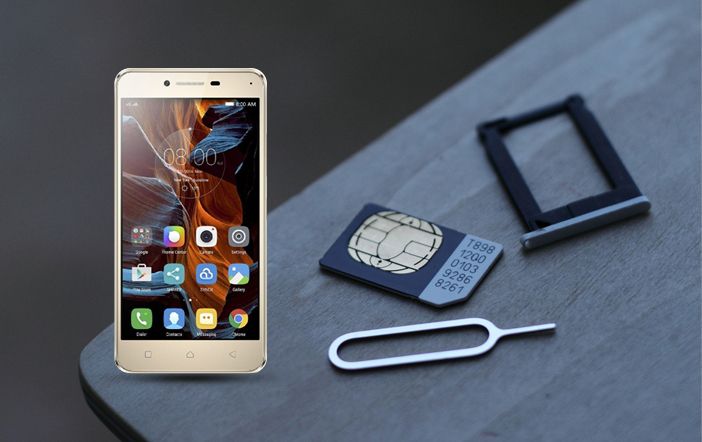Smartphones and innovations are the two sides of the same coin. The smartphones of today’s era are offering breathtaking features such as 4K resolution display and video capturing, massive battery force, advanced biometric functions, super fast processors, increasing RAM numbers, magnificent camera specifications, onboard sensors, advanced connectivity options, and what not!
In India, 4G VoLTE mobiles are gaining popularity as operators are eager to provide advanced communication technologies to consumers. The SIM card plays the most important role in mobile telecommunication process. At present, we have Standard SIM, a smaller Micro SIM, and even smaller Nano SIM.
The SIM card is provided from telecom operators which contain a small chip which gets cellular connectivity. These SIM cards are removable in nature so that you can remove it from one photo and use it in another phone while retaining the same number. However, there is an ongoing movement in the industry which could ditch the tiny integrated circuit forever.
The GSM Association is an organization which signifies the interests of 800 telecom companies globally and hundreds of the other related companies. The organization is looking at the Remote SIM Provisioning system for cellular connectivity. This system will make use of an embedded SIM aka eSIM. Such eSIMs will firstly use for the devices where placing a SIM card is not possible.
An eSIM is a programmable SIM card which could get fitted permanently into the devices, for instance, smartwatches, during the manufacturing process.
According to several reports, Apple mobiles and Samsung mobiles are already in talk with the key network providers to bring the eSIM card technology for their upcoming mobiles. Samsung has launched its Gear S2 smartwatch which comes equipped with GSMA’s remote SIM provisioning which permits the users to program the eSIM to whatever network they wish to use. The eSIM cards are much smaller and secure, hence it has a potential to replace the traditional SIM cards.
The smartphone industry has witnessed the removal of the 3.5mm audio jack in favor of the lightning ports in iPhone 7, which later followed by LeEco Le 2 and the Moto Z with USB Type-C ports. The removal of jack provided an additional room inside the smartphone for manufacturers for more components.
Coming back to eSIM cards, the GSMA is currently working with device manufacturers, SIM manufacturers, and mobile network operators for the establishment of a common global specification for the remote over-the-air provisioning and the management of the provisioning subscriptions to mobile networks for consumer devices.
The switch in between traditional SIM and eSIM cards might provide ease to people who travel abroad a lot. The international roaming rates charged by any network operators are almost unreasonably expensive and to save yourself from this, most of us choose either use the Wi-Fi only mode on phone, find local SIM cards, or use services like Matrix to obtain a SIM card before your journey. The eSIM card feature could probably change this process or at least make it simpler to some extents.
However, the remote SIM will not put back the roaming charges while traveling abroad, but the switch over process could get easier due to eSIM cards.
Apple launched the re-programmable SIM card in 2014 for its iPad Air 2 and iPad Pro devices which allow users to pick a data plan when they travel abroad.
In countries like India and China, the dual-SIM mobiles are a very popular phenomenon. The current eSIM specifications will not address the dual SIM support technology but it will be the topic in a future version of eSIMs.
The SIM cards available nowadays are very small in size. The micro-SIMs and Nano SIM are smaller than most people’s thumbnails. Hence, it is very difficult to manage SIM cards especially when your smartphone does not have multi-SIM card slots, which probably results in loss of SIM cards. The eSIM cards will eliminate these problems as the card will be installed on the smartphone and it will be non-removable.
The eSIM card concept looks very ground-breaking, but a shift like this will involve huge collaborations between operators, manufacturers, and others.




